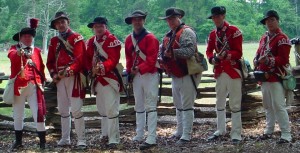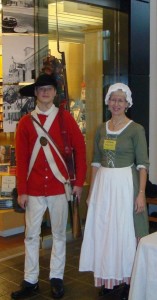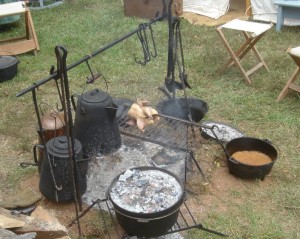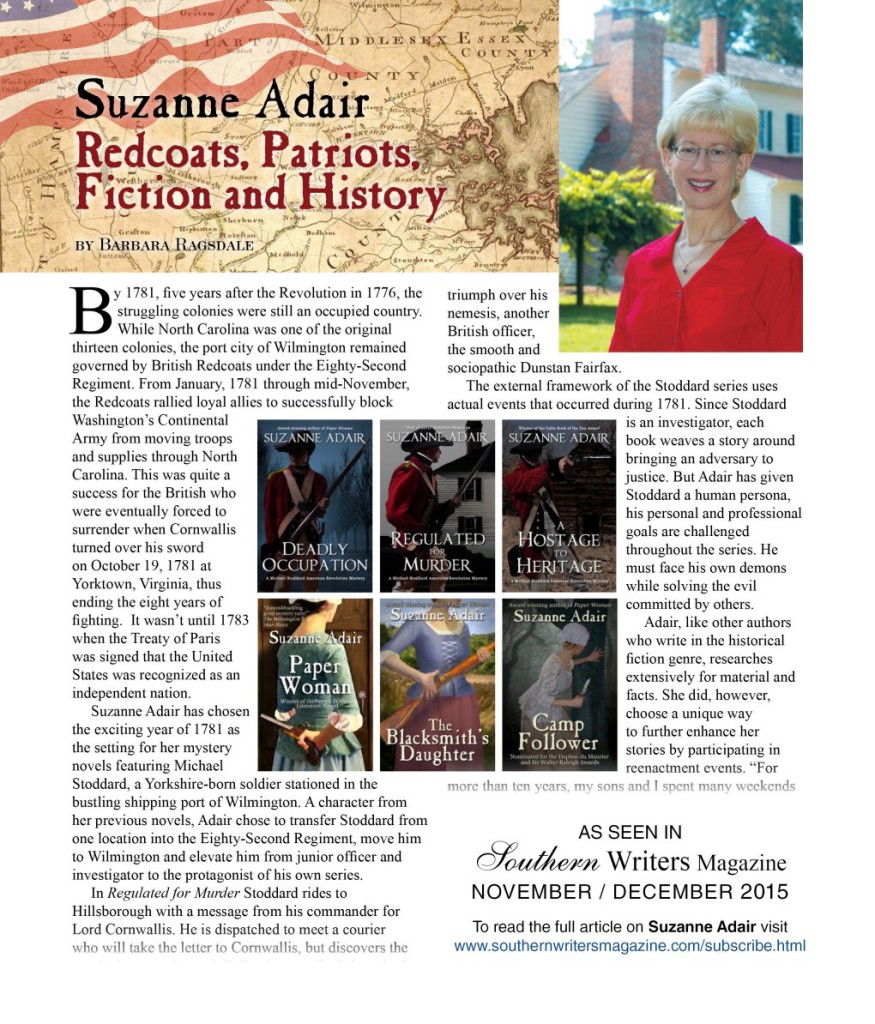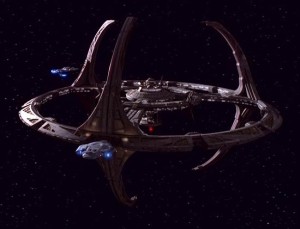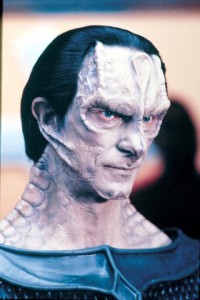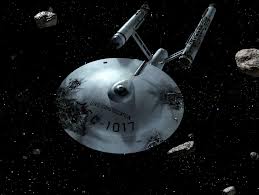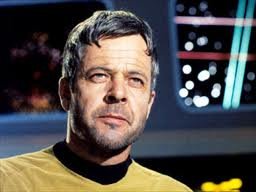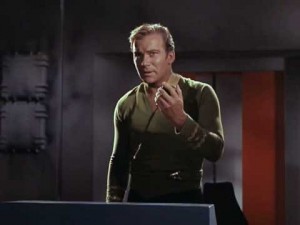On Saturday 7 November, I’ll teach my most popular workshop combo—“Plotting with the Hero’s Journey” and “Creating Archetypal Characters Instead of Stereotypes”—at the headquarters library in Fayetteville, NC. These two workshops are my condensation of material from several sources, including Christopher Vogler’s The Writer’s Journey.
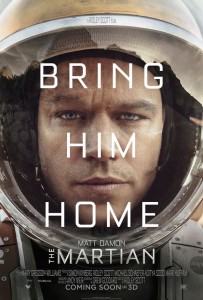 In the plotting workshop, I map out the twelve stages of the Hero’s Journey in “Star Wars,” “Romancing the Stone,” and “Blazing Saddles” and give a lot of information about each stage. After we’ve covered that material and the seven main archetypes, I think I’ll get the class to map out the Hero’s Journey for protagonist Mark Watney in “The Martian.” The stages of the Hero’s Journey in this gem of a movie are distinct and super easy to pick out. It’s as if the writers wrote the screenplay with Joseph Campbell watching over their shoulders and nodding with approval.
In the plotting workshop, I map out the twelve stages of the Hero’s Journey in “Star Wars,” “Romancing the Stone,” and “Blazing Saddles” and give a lot of information about each stage. After we’ve covered that material and the seven main archetypes, I think I’ll get the class to map out the Hero’s Journey for protagonist Mark Watney in “The Martian.” The stages of the Hero’s Journey in this gem of a movie are distinct and super easy to pick out. It’s as if the writers wrote the screenplay with Joseph Campbell watching over their shoulders and nodding with approval.
Here are the stages. And if you’re one of my students this Saturday, you’re now ahead of the class. There’s a spoiler alert if you haven’t yet seen the movie.
Stage 1: The ordinary world
In the not-too-distant future, botanist Mark Watney is at work on the surface of Mars with his fellow scientists. The small group’s mission is to live on the planet for about sixty days in a structure called “the Hab,” studying Mars and collecting samples. The team members work together well and have an easy rapport with each other. It’s clear that each person is well suited for the multi-year mission.
Stage 2: The call to adventure
A sudden and violent dust storm heralding the hostile nature of Mars separates Mark from his fellow scientists, destroying equipment. The team thinks that Mark has been killed. Remaining on the surface in the storm to look for his body would imperil their lives. Grieving Mark, they abort their mission and blast off. However Mark is alive, although injured. He staggers back to the Hab and performs surgery on himself. Then he realizes he’s been stranded on Mars.
Stage 3: Refusal of the call
Hoping that he can survive until the next manned mission arrives, Mark tallies up how much food and water he has available. Unfortunately he has a fraction of what he needs. Mars doesn’t give second chances. Mark concludes that he’s out of options and will die on Mars.
Stage 4: Meeting the mentor
But Mark is a scientist. Using his knowledge (inner mentor), he figures out how to generate water from hydrazine rocket fuel—after one failed attempt that almost kills him. Specifically though, Mark’s a botanist, and one of his fellow scientists left some potatoes behind. Can Mark create a greenhouse on Mars and cultivate a potato crop to help him stretch his food supply until the next mission arrives?
Stage 5: Crossing the first threshold
Mark takes a leap of faith. He creates the greenhouse and plants potatoes. The potatoes grow, he harvests his first crop, then he plants another crop. Success makes him optimistic. Not only does he accept the challenge of surviving on Mars until the next mission arrives, but he’s idealistic that he can tame Mars until then.
Stage 6: Tests, allies, enemies
So far, Mark is staying one step ahead of the physical demands of surviving on Mars. However humans aren’t meant to live alone. The stash of disco music and “Happy Days” episodes left behind by one of Mark’s teammates doesn’t substitute for companionship. He needs human contact. From a map, he figures out where the old Pathfinder probe is buried. Can he use it to contact Earth? Since his rover won’t travel that far, he modifies the fuel source to take him there. He brings Pathfinder back to the Hab. Through much MacGyvering, he establishes contact with Earth and NASA.
Stage 7: Approach to the innermost cave
An explosion wipes out Mark’s potato crop, reinforcing the fact that he’s only been buying time on the hostile world. NASA has one rocket built. Rather than using it to launch the next manned mission to Mars, the agency decides to use the rocket to send Mark supplies directly. NASA’s scientists then set Mark up on a food-rationing plan that will get him through until the rocket arrives.
Stage 8: Supreme ordeal
The rocket that was to bring Mark supplies blows up right after it blasts off. Mark comes face-to-face with the death of his idealism. Despite his best efforts and those of the geniuses in NASA, he cannot tame Mars. Mars doesn’t compromise. The planet is going to claim him. He’ll starve to death before he can get help from Earth.
Stage 9: Reward/seizing the sword
The Chinese, who have been monitoring the situation, are willing to let NASA use their rocket to send supplies to Mark. NASA officials say no and order Mark’s original team, now approaching Earth, to land. But Mark’s teammates, who are overjoyed to learn that he’s alive, decide to disobey NASA’s direct orders. Working on the sly with the Chinese, they slingshot their craft around Earth, pick up the supplies from the Chinese rocket, and head back to Mars. This heartens Mark.
Stage 10: The road back
The team doesn’t have the fuel to land on Mars and blast off again. Mark will have to meet them in space as they fly by. Then they’ll slingshot around Mars to head back to Earth. In the rover, Mark undertakes an arduous journey across Mars to a crater where there’s a spaceship parked for a future mission. He has to lighten the ship considerably to be able to blast off with what fuel is in it. That means removing the nosecone and the piloting and life support systems. But at that point, Mark is way over Mars. Dying in space is preferable to dying on Mars.
Stage 11: Ultimate test/resurrection
Mark’s teammates are able to remotely take over blasting off his ship from the surface. Mark loses consciousness from the G forces. When he comes to, he finds out that his ship’s orbit is too low for him to meet with his teammates’ ship. But he can see them. So he climbs out the hole where the nosecone would have been and punctures his glove, using the jet of escaping air to propel him toward his teammates. They catch him, bring him inside their ship, and head home.
Stage 12: Return with the elixir
Back on Earth, Mark is now singularly qualified to teach survival training to astronauts. He tells a class of students that yes, he thought he was going to die. And without any idealism, he reminds them: “This is space. It does not compromise.”
**********
Did you like what you read? Learn about downloads, discounts, and special offers from Relevant History authors and Suzanne Adair. Subscribe to Suzanne’s free newsletter.
 As a prelude to the crowdfunding campaign for my upcoming mystery Killer Debt, which starts on Thursday, author Anne Louise Bannon interviews me on her blog, where I discuss why I chose to make the hero of my series a redcoat.
As a prelude to the crowdfunding campaign for my upcoming mystery Killer Debt, which starts on Thursday, author Anne Louise Bannon interviews me on her blog, where I discuss why I chose to make the hero of my series a redcoat. 
